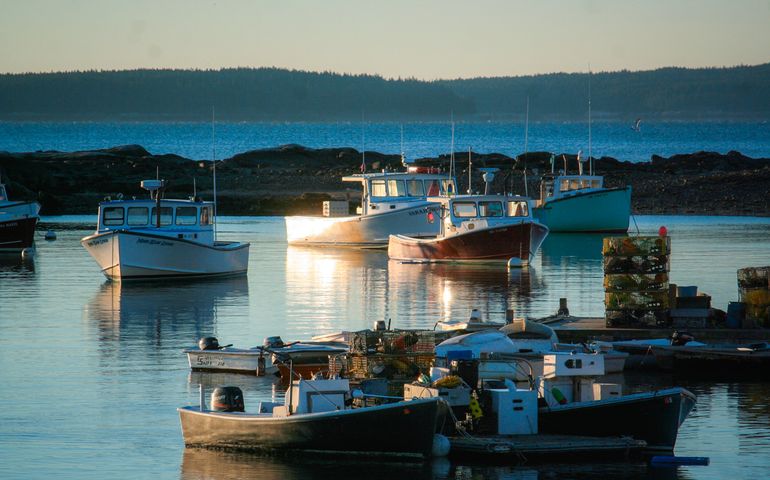How the lobster became the iconic Maine symbol
Long ago, lobsters were so plentiful that Native Americans used them as fertilizer and bait.
After storms, hundreds of lobsters would wash onto the shore in piles, according to the Maine Lobster Marketing Collaborative. Colonial settlers discovered that lobsters were a quick source of protein. The next century saw the advent of the trap fishery, specialized boats, lobster pounds, the development of dealer networks, and the invention of canned lobster, which made the product easier to ship.
The perception of lobster as “poor people’s food” began changing in the 1880s, when lobster was served in Boston and New York restaurants. By World War II, lobster was considered a delicacy.
Landings, prices, overall value and number of harvesters climbed accordingly, making lobster a culinary icon and economic powerhouse employing thousands of Mainers and in 2019 contributing over $1 billion to the state’s economy each year, according to the Maine Lobster Marketing Collaborative.
Over 90% of the nation’s lobsters are caught along the Maine coast; lobster is one of the highest-value commercial species in Gulf of Maine states and provinces.
In 1940, 3,700 harvesters collected 7.6 million pounds of lobster, selling them at a price of 17 cents per pound for an overall value of $1.3 million.
The haul remained in the 15-million-pound to 25-million-pound range from 1944 to 1989, when the industry’s value reached $59.5 million.
The year 1990 saw the start of a near-steady increase in landings. In 2019, over 5,800 licensed harvesters landed over 100 million pounds, marking the ninth year in a row, and only the ninth ever, of landings that topped 100 million pounds. Despite a 17% decline in pounds landed from 2018, the value topped $485 million, ranking 2019 as the fourth most lucrative for the fishery on the strength of a 20% increase in per-pound value.
According to data published by NOAA, American lobster was the most valuable single species harvested in the U.S. in 2015, 2016, 2017 and 2018, with Maine landings accounting for approximately 80% of that value each year.
Lobster has become a symbol that evokes Maine’s pristine, cold waters and the story of the Maine lobster fisherman as an independent businessman, a captain of his own destiny who is deeply rooted in close-knit communities, and a conservationist who has implemented numerous practices to ensure the sustainability of one of the state’s most robust natural resources.












0 Comments